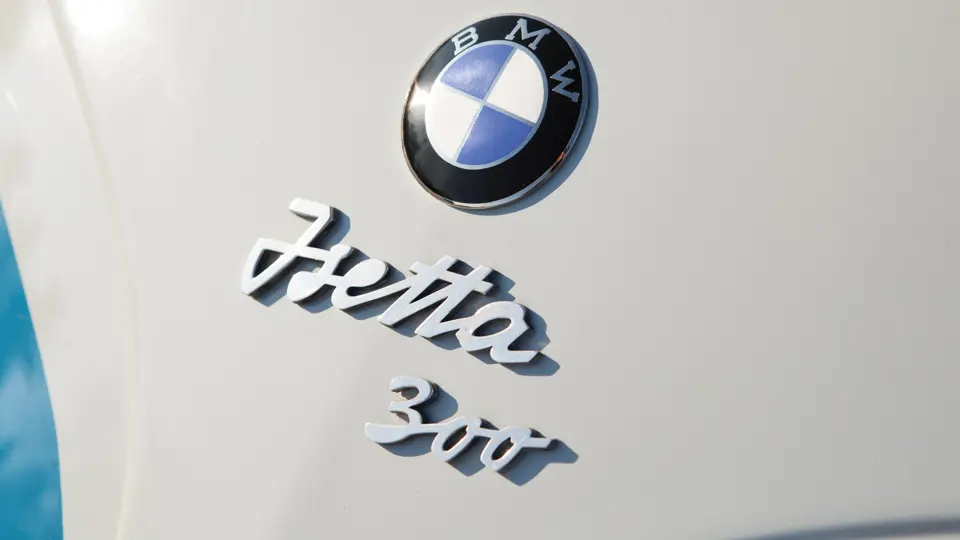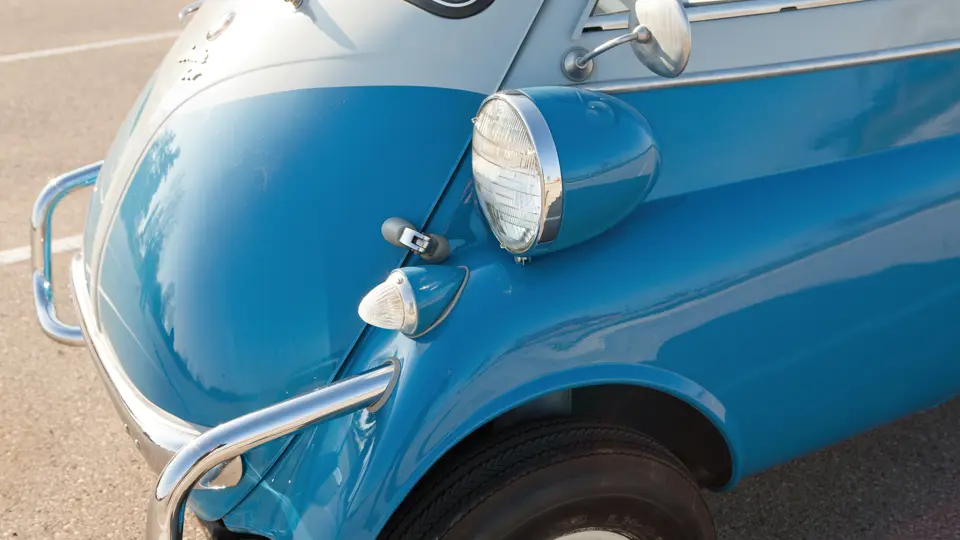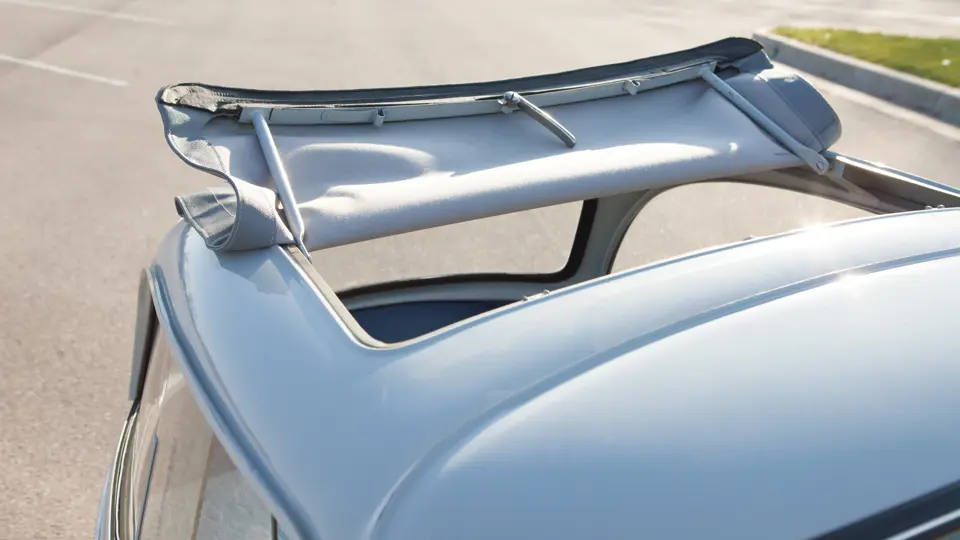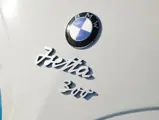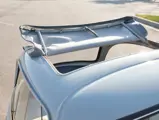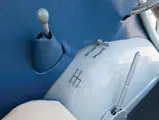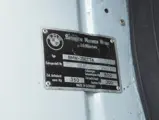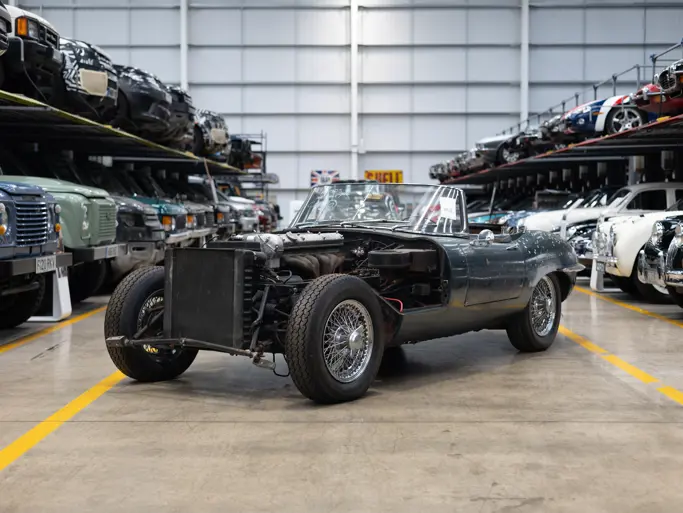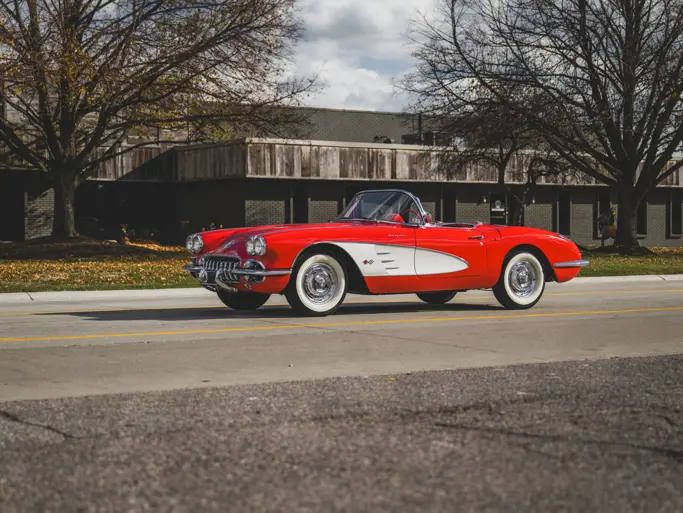13 bhp, 297 cc L-head single-cylinder engine, four-speed manual transmission, coil-spring independent front suspension, trailing-arm leaf-spring rear suspension, and four-wheel hydraulic drum brakes. Wheelbase: 59.1 in.
Renzo Rivolta sold his Isetta microcar, plans, tools, and equity to Bayerische Motoren Werke, of Munich, in 1954. BMW, which was founded on aero engines and had matured with motorcycles and the production of some fine sports cars before World War II, was in a precarious condition after the war. The factory was in ruins and cash was short. A range of large, bulbous cars, disparagingly called “Baroque Angels,” failed to ignite the interest of the public. Management decided to take a gamble on something completely different: the Isetta.
BMW redesigned the drivetrain to use their 247-cubic centimeter, four-cycle motorcycle engine. The gearbox output was coupled to a shaft through a rubber universal joint, which led, through another rubber joint, to the chain case. Inside were double drive chains that ran in oil to the solid rear axle. This arrangement made the whole power unit much quieter and reduced vibration. In fact, so much of the car was re-engineered that no earlier Iso parts were used, nor will they fit.
The front suspension was also reconfigured to a swing-arm arrangement. Changes to the body included raising the headlights above the fenders so that they attached directly to the body. In 1956, the engine displacement was increased to 297 cubic centimeters and the compression was raised to achieve 13 horsepower. Although top speed did not increase from 85 km/h (53 mph), there was a marked increase in torque, which was welcome going uphill. That October, the side windows changed from the fixed “bubble” type to sliding panes. More than 161,000 Isettas were built through to 1962.
The Isetta furnished BMW with a readily saleable economical car that was particularly popular in 1956 and 1957, when the Suez Crisis interrupted oil supplies to Europe. Over the eight years that it remained in production, more than 160,000 were built, not counting Isetta production that continued in France, Belgium, Spain, and Brazil. It can be argued that the Isetta was a vital ingredient in BMW’s post-war recovery, as it enabled the embattled firm to weather the dearth of popular, conventional passenger cars.
This car is one of the finest Isettas in the world today, and it has been driven less than 200 miles since a total mechanical and body restoration. It has been painted in correct Coral Red and Sand Dune Beige and has the desirable “tropical door” with fresh-air vents and sliding side windows, providing flow-through ventilation for warm weather driving. The detailing of this microcar is of the finest order, with nary a blemish to be found. The Isetta 300 is the most popular of the “bubble cars,” and it is beloved the world over.







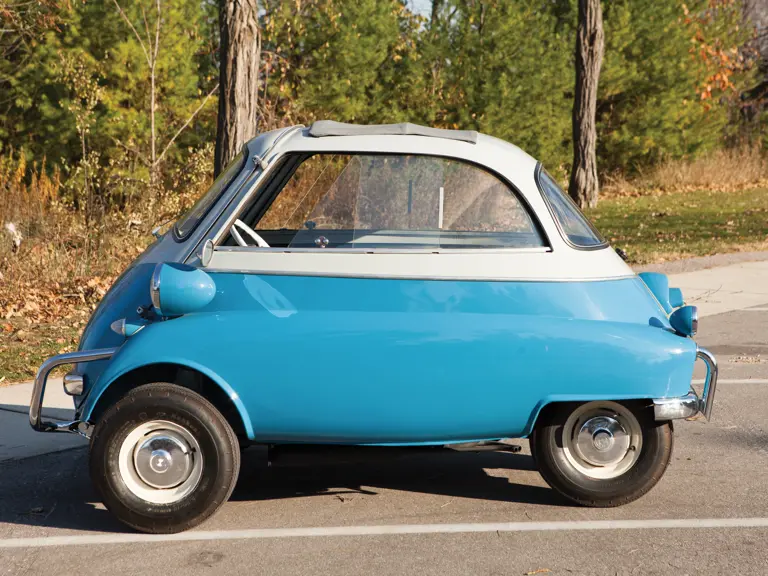
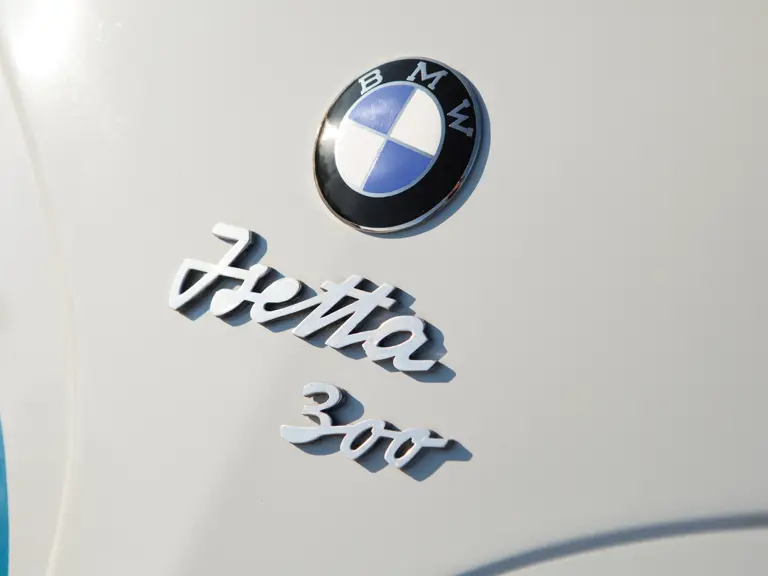
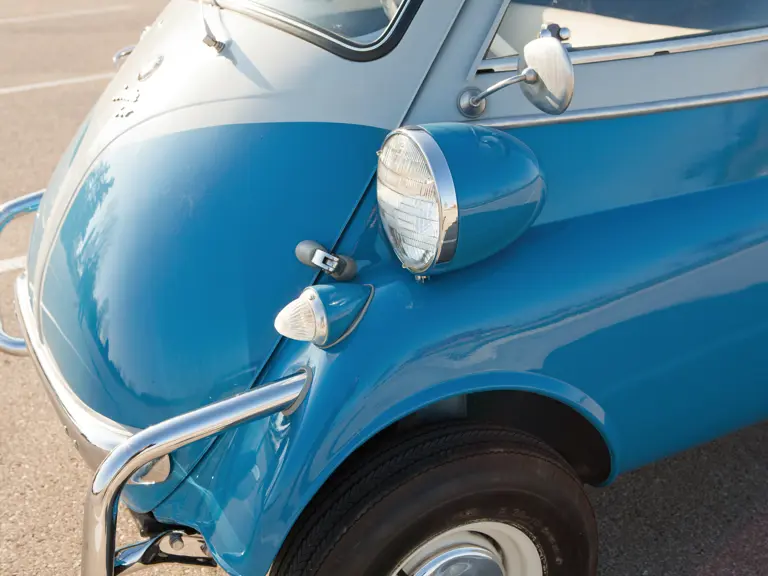

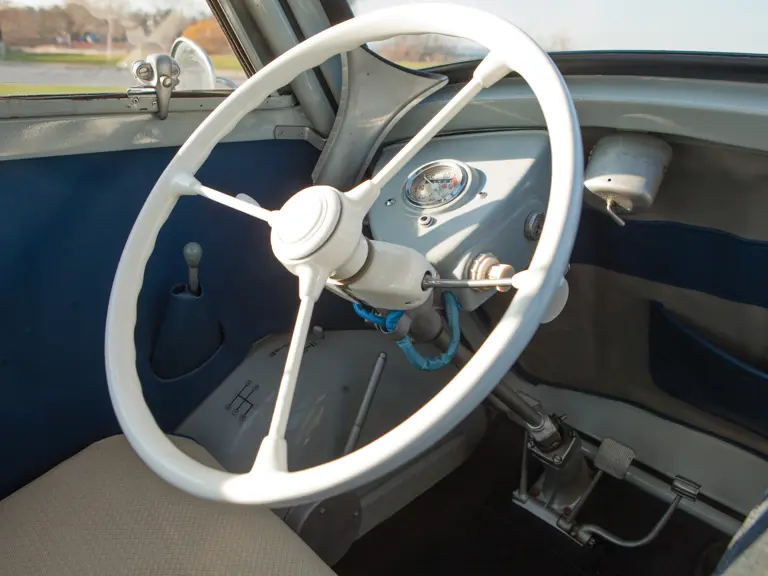
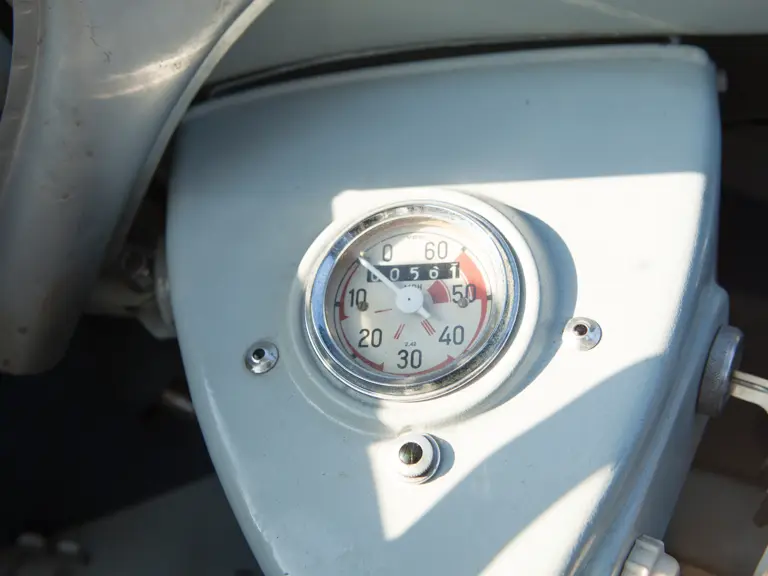
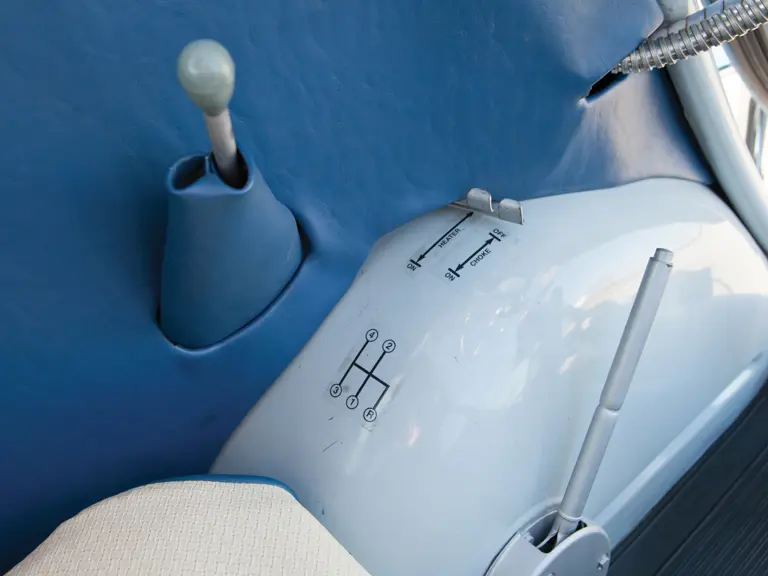
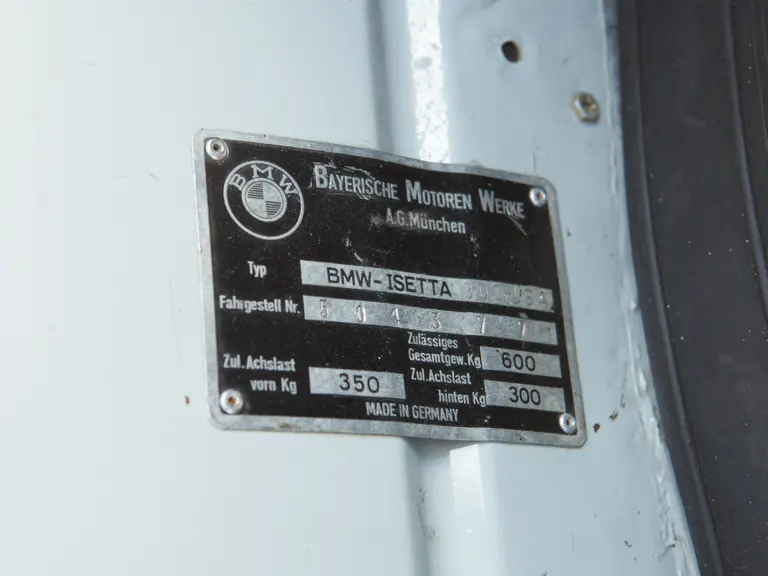
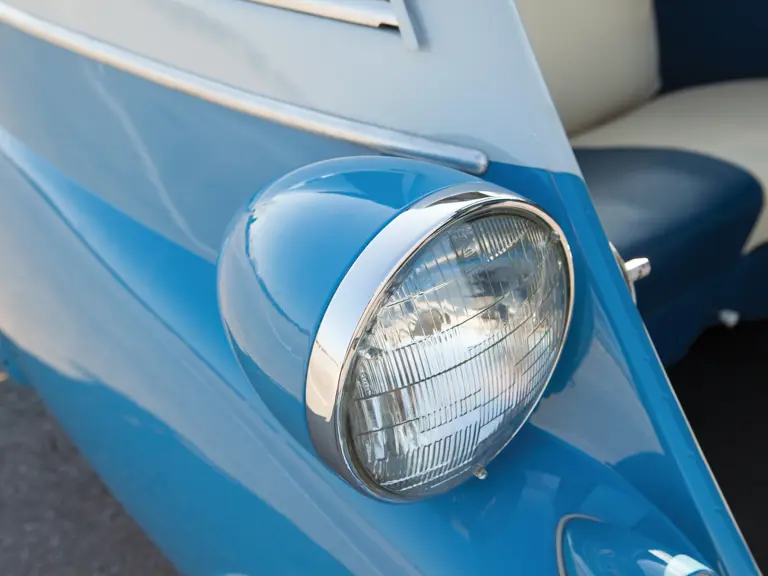
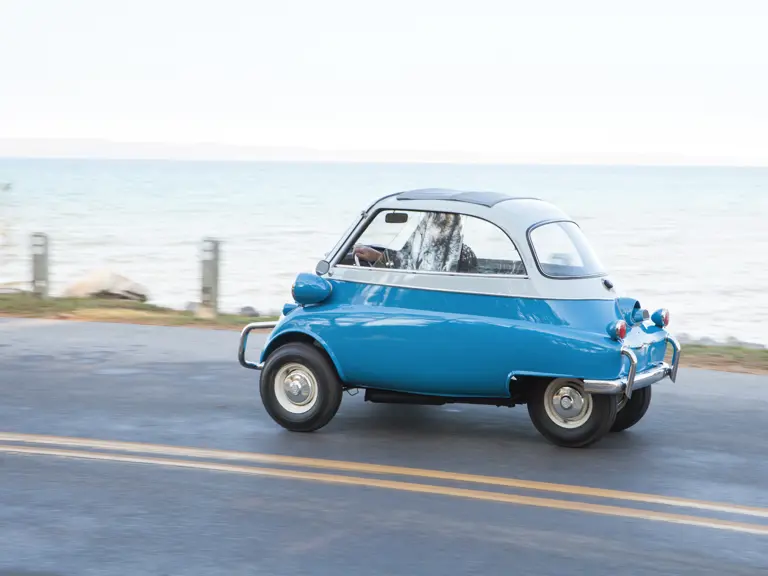


 | Phoenix, Arizona
| Phoenix, Arizona
